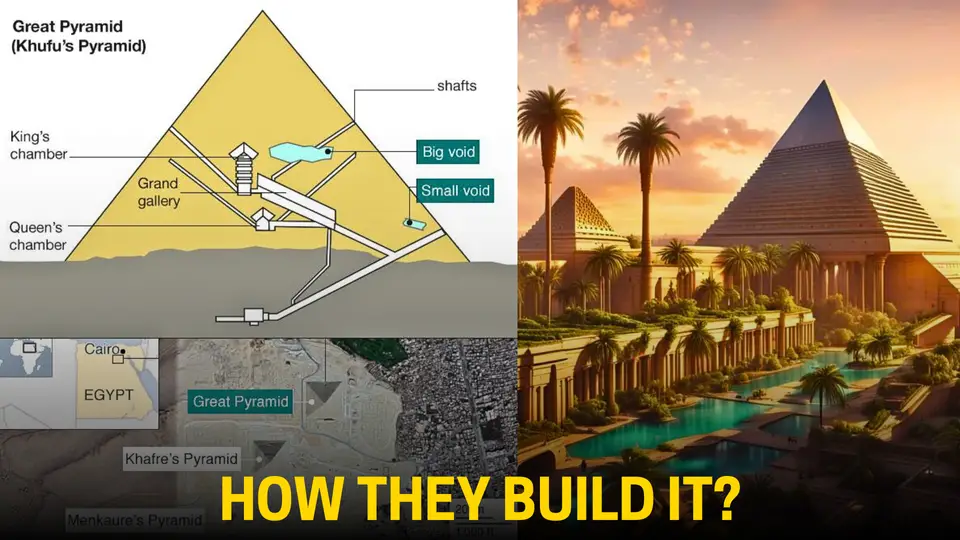Unraveling the Mysteries of the Tomb of Tutankhamun

In the heart of Egypt’s ancient Valley of the Kings lies one of the greatest archaeological treasures ever discovered – the tomb of Tutankhamun. This remarkable find, made in 1922 by Howard Carter, catapulted the boy king to global fame and sparked enduring fascination with ancient Egyptian civilization.
The tomb of Tutankhamun, also known as King Tut’s tomb, is a true marvel of the ancient world. Despite being relatively modest in size compared to other royal tombs, it contained an astonishing array of over 5,000 artifacts, offering a glimpse into the opulent lifestyle of Egyptian royalty.
One of the most iconic discoveries was Tutankhamun’s golden death mask. This exquisite artifact, along with his nested coffins and stone sarcophagus, continue to captivate visitors worldwide.
Other treasures found inside the tomb included chariots, furniture, jewelry, and everyday items, revealing the true grandeur of ancient Egyptian culture.
But why was Tutankhamun’s tomb so modest in scale and decoration? The answer may lie in his unusual circumstances. Tutankhamun ascended to the throne as a child and ruled for only nine years before his untimely death.
Theories suggest his tomb may have been intended for someone else initially, perhaps a storage area or private tomb repurposed for the young king.
Regardless of its origins, the discovery of Tutankhamun’s tomb was a pivotal moment in archaeological history.
Although he was a relatively minor king overshadowed by his famous relatives like Akhenaten, the treasures found within his tomb propelled him to become one of the most renowned pharaohs of all time.
The tomb’s exploration, led by Howard Carter and his team, captivated the world. The meticulous excavation and cataloging of the artifacts inside King Tut’s tomb revealed secrets of ancient Egyptian burial practices and the immense wealth of the royal families.
Today, the tomb of Tutankhamun stands as a testament to the grandeur and sophistication of ancient Egyptian civilization.
Its discovery sparked a global fascination with Egyptology and continues to inspire awe and wonder in visitors from around the world.
For those interested in exploring the mysteries of King Tut’s tomb further, there are numerous resources available.
From museum exhibits showcasing the priceless artifacts to documentaries and books detailing the incredible archaeological journey, the enduring legacy of Tutankhamun’s tomb lives on.
In conclusion, the tomb of Tutankhamun is a true marvel of the ancient world, offering a glimpse into the opulence and grandeur of Egyptian royalty.
Its discovery was a pivotal moment in archaeological history, catapulting the boy king to global fame and symbolizing the enduring fascination with ancient Egyptian civilization.


